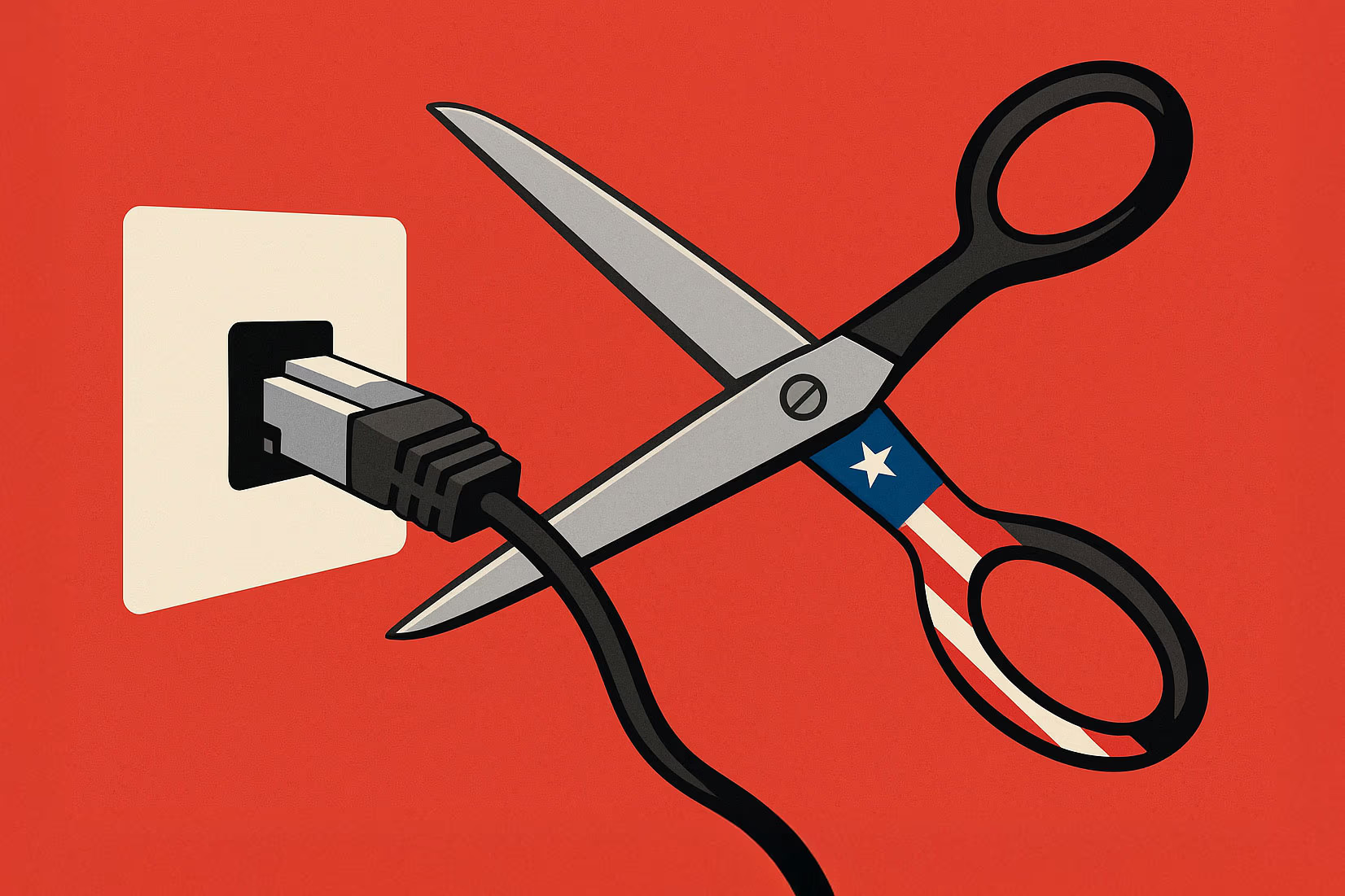Today, it takes just one click to sign up for a subscription—to wine, pet food, therapy, or even underwear. But canceling that subscription is a very different story.
That’s precisely the problem: the difficulty of canceling—finding the right page, calling customer support, navigating intrusive "last-chance offers"—costs consumers both time and money. For companies, the incentives are reversed: the longer customers stay "on the hook," the more reliable the revenue. And now, business has received major legal backing: a federal court has blocked a new rule from the Federal Trade Commission (FTC) that was intended to change this dynamic.
The rule, known as Click to Cancel, was set to take effect on Monday. It would have required companies to make the cancellation process as simple as signing up. But the Eighth Circuit Court of Appeals ruled that the FTC had made a procedural error in drafting the regulation. According to the judges—two appointed by Trump and one by George H. W. Bush—business interests were not given adequate consideration during the process.
Former FTC Chair Lina Khan called the decision absurd. "We conducted an exhaustive regulatory process over more than two years. We received over 16,000 public comments and held additional hearings at the industry’s request," she said. "To claim that businesses weren’t given a chance to weigh in is simply ridiculous."
Companies that rely on subscription-based models welcomed the court’s decision. The Health and Fitness Association, which represents gyms and was a plaintiff in the case, thanked the court for its ruling. The fitness industry has long been cited as a prime example of how difficult it can be to cancel a membership.
The scale of the issue is significant: over the past decade, the subscription economy has grown by nearly 400%. This has given rise to an entire sector of services designed to help users locate and cancel unwanted subscriptions—although, ironically, using those services often requires a subscription of their own.
Always Logged In

Politico: Europe Fears the U.S. Could Cut Off Its Internet
The Threat No Longer Feels Hypothetical

Managers Are Increasingly Relying on AI for Firings, Promotions, and Bonuses
Algorithms Are Shaping Employees’ Lives Despite Lacking Training and Oversight

Companies Introduce AI With the Threat of Layoffs
But That Strategy Risks Undermining Trust and Demotivating Staff
In one study, economists from Stanford University subscribed to 47 newspapers and attempted to cancel them. While all outlets allowed users to sign up online, 26 required a phone call to unsubscribe—and in seven cases, the call lasted more than ten minutes. Of the 21 newspapers that did offer online cancellations, 16 made the process more difficult by using various tactics: surveys asking for cancellation reasons, a series of promotional offers, and other similar hurdles.
In a separate paper, the same researchers showed that adding friction to the cancellation process increases company revenues by anywhere from 14% to over 200%. "eople keep paying for subscriptions they no longer want. This allows companies without a viable business model to stay afloat," explained Stanford economist Neale Mahoney, a co-author of the studies.
The FTC now has three options: file an appeal, restart the rulemaking process with the court’s feedback in mind, or drop the initiative altogether. Congress could also intervene: Senator Ruben Gallego has already introduced legislation that would enshrine Click to Cancel into law. In addition, a bipartisan group of senators plans to propose a separate bill requiring companies to increase transparency around subscriptions.
Canceling a subscription is hard. Making businesses simplify the process is even harder.
